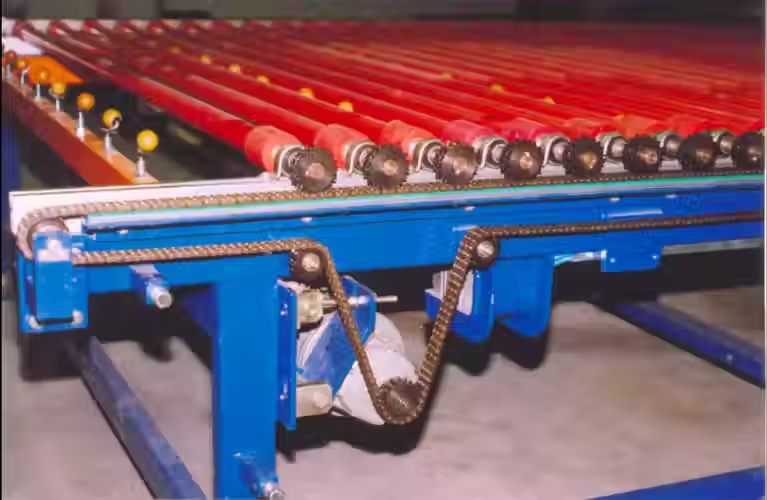Automatic Vibration Feeder Manufacturers
- Jaswanth srinivas
- Dec 11, 2024
- 3 min read
Automatic Vibration Feeder Manufacturers
Automatic Vibration Feeder Manufacturers, also known as vibratory feeders or vibration conveyors, are essential components used in various industrial sectors to transport bulk materials in a controlled and efficient manner. They rely on controlled vibrations to move materials along a surface and are commonly used in industries such as mining, food processing, pharmaceutical, and automotive. The manufacturing of automatic vibration feeders involves several critical stages, including design, material selection, production, and testing, to ensure reliability, precision, and durability.
Design and Engineering
The process of manufacturing an automatic vibration feeder begins with detailed design and engineering. Engineers analyze the specific needs of the application, considering factors like material type, feed rate, and environmental conditions. The design must ensure that the vibration feeder is optimized for the material it will transport, whether it is granular, powdery, or in the form of small parts.
The vibrating system typically consists of an electromagnetic or mechanical drive unit, a trough or conveyor surface, and an electrical control system. The drive unit generates the vibrations that move the material, while the trough or surface is usually made of stainless steel or other materials with good wear resistance to withstand the impact of moving materials. The design ensures that the feeder delivers precise control over the flow of materials to prevent spillage, blockages, or uneven distribution.
Material Selection
The choice of materials is crucial to the performance of the vibration feeder. The trough is often made of high-grade stainless steel or other corrosion-resistant alloys to prevent rust and ensure durability, especially when dealing with materials that may be abrasive or corrosive. The drive system components, including the motor and springs, are made from high-strength materials that can withstand continuous vibrations.
For precise and efficient vibration control, manufacturers often use advanced technology such as piezoelectric or electromagnetic systems. These materials are selected based on the specific load requirements, desired vibration frequencies, and the material being transported.
Manufacturing Process
Once the design and materials are finalized, the manufacturing process begins. The first step involves fabricating the trough and frame, which are typically welded or bolted together for structural integrity. The frame must be sturdy enough to handle the vibrations generated by the system while being lightweight for easy installation and maintenance.
The next step is the assembly of the drive unit, which typically consists of a motor, springs, and a vibration-generating mechanism. The motor is usually powered by electricity and connected to a control system that regulates the speed and intensity of the vibrations. The control system plays a critical role in ensuring the feeder operates efficiently and reliably.
After assembling the mechanical components, the electrical control system is integrated. This system allows the feeder to be adjusted for varying material feed rates and speeds. Modern automatic vibration feeders often come with automated sensors that monitor performance, ensuring the system operates within predefined parameters.
Testing and Quality Control
Once the automatic vibration feeder is fully assembled, it undergoes a series of rigorous tests to ensure it meets quality standards and operates as intended. These tests include checking for vibration consistency, material flow accuracy, and noise levels. Quality control inspectors also verify the durability and wear resistance of all components, especially in high-stress areas like the motor and springs.
Special attention is given to the power supply and control systems to ensure they function correctly under varying loads and speeds. In some cases, feeders are also subjected to stress tests to simulate long-term operation and identify potential points of failure.
Customization and Installation
Many manufacturers offer customized vibration feeders tailored to specific applications. This customization may include variations in the trough shape, size, material handling capabilities, and vibration intensity. Once the system passes all tests, it is prepared for installation. Most manufacturers provide on-site installation services, ensuring that the vibration feeder is correctly integrated into the production line.
Conclusion
The manufacturing of automatic vibration feeders involves a complex process that combines engineering expertise, high-quality materials, and precision manufacturing techniques. By offering controlled and reliable material flow, vibration feeders help industries enhance productivity, reduce downtime, and improve material handling efficiency. As technology continues to evolve, the future of vibration feeders promises even more advanced features, such as automation, integration with IoT devices, and more energy-efficient designs.




Comments